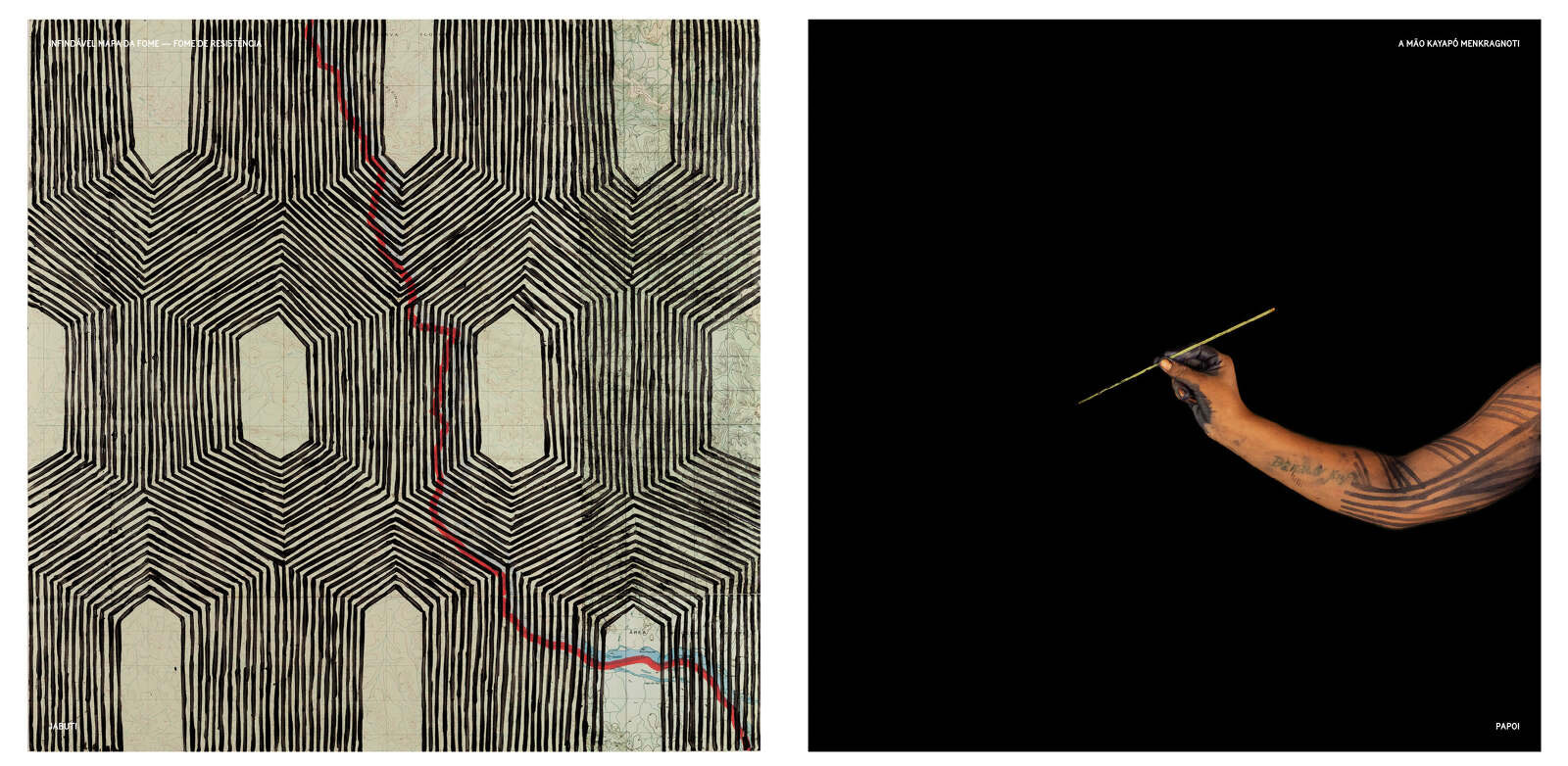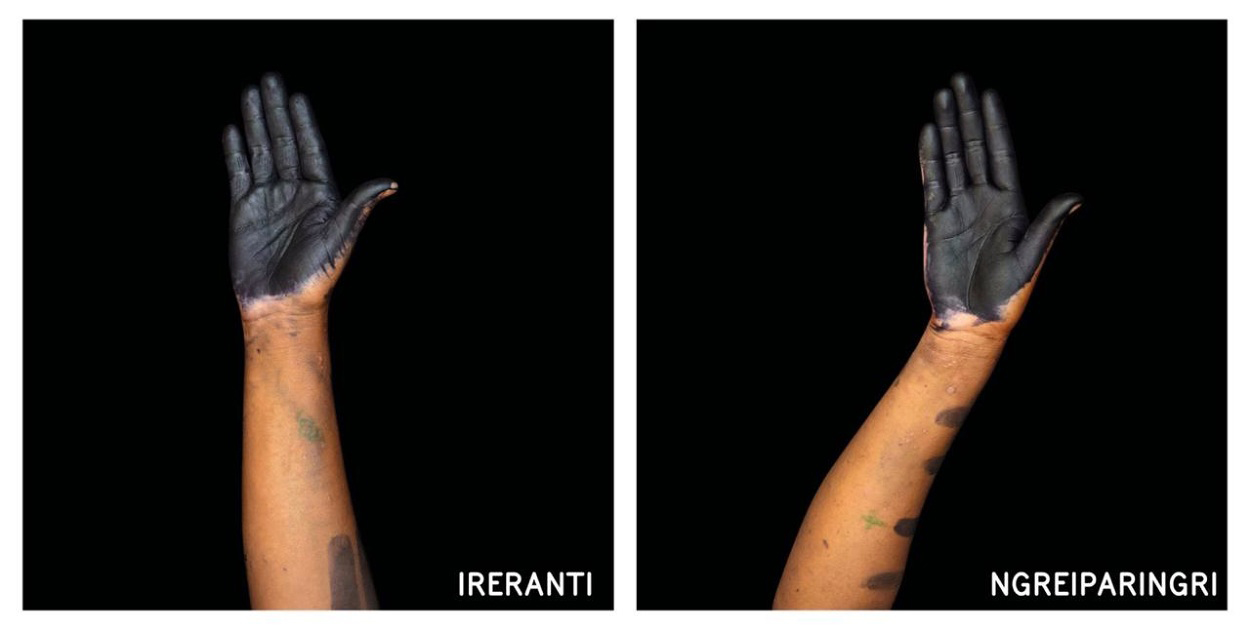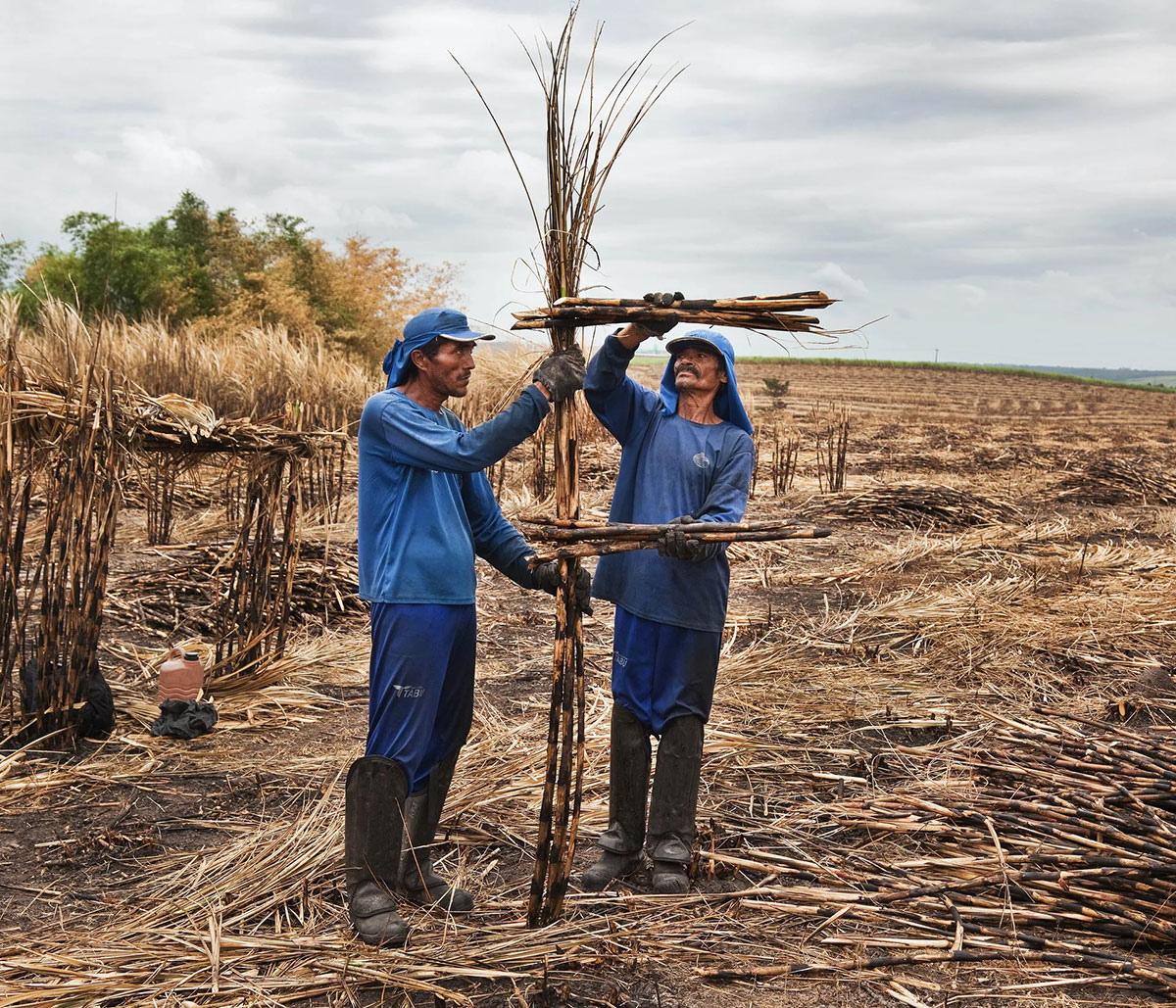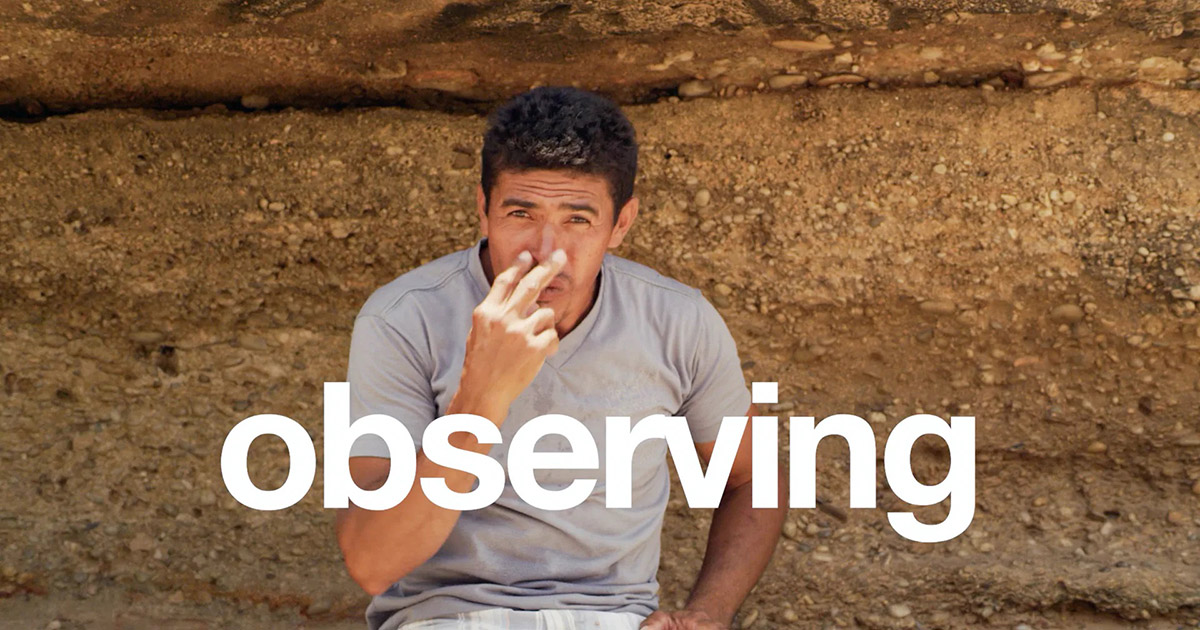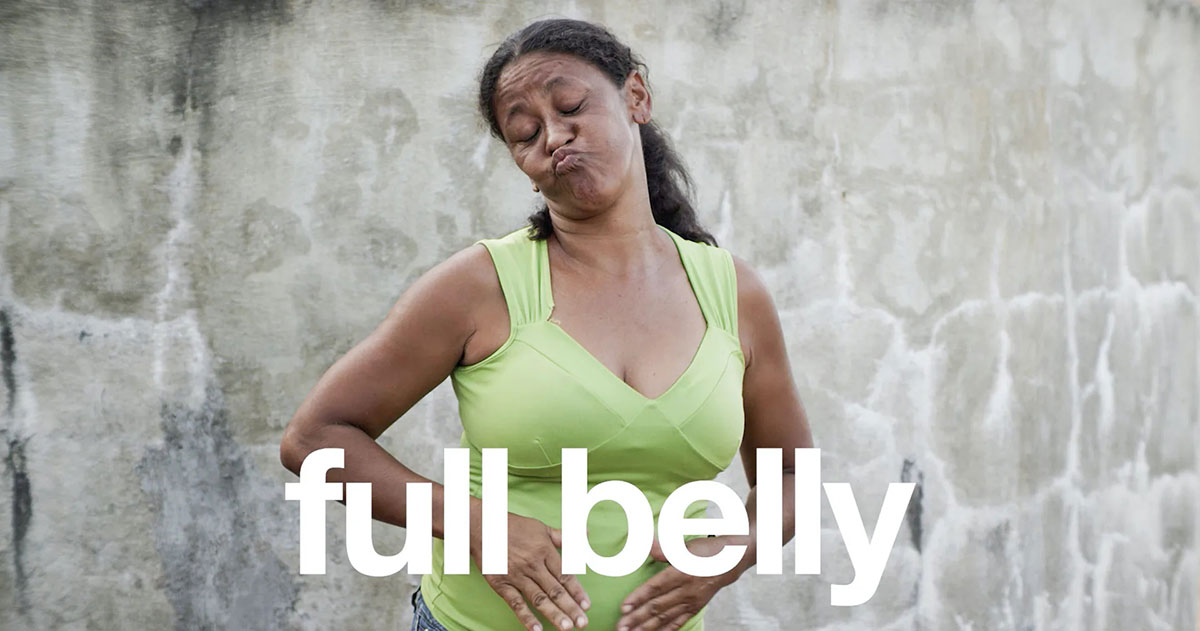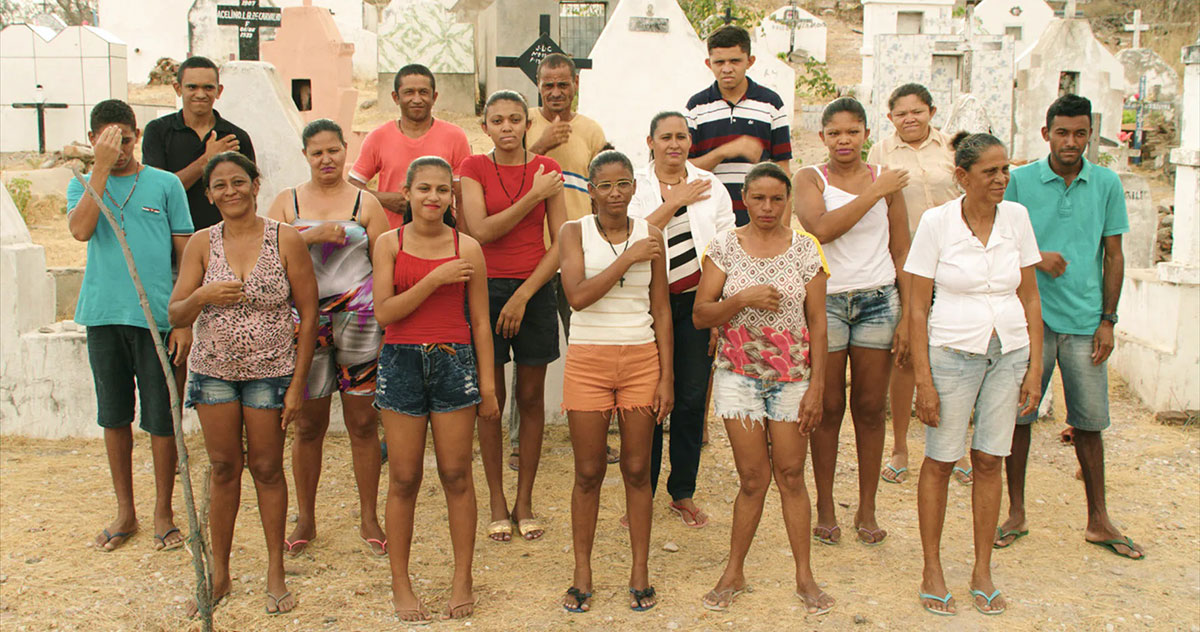PHOTO:Jonathas De Andrade-Staging Resistance
 The work of Jonathas de Andrade is firmly rooted in the Nordeste, the north-eastern region of his native country Brazil. The region is fertile and the capital port of Recife has been an important trade hub since colonial times. The Nordeste is also home to many indigenous communities and has a great biodiversity, but the land is often exploited and its bounties are unequally distributed.
The work of Jonathas de Andrade is firmly rooted in the Nordeste, the north-eastern region of his native country Brazil. The region is fertile and the capital port of Recife has been an important trade hub since colonial times. The Nordeste is also home to many indigenous communities and has a great biodiversity, but the land is often exploited and its bounties are unequally distributed.
By Dimitris Lempesis
Photo: Foam Archive
Anthropology, pedagogy, politics and morals are the lines of inquiry pursued by Jonathas De Andrade to recount the paradoxes of modernist culture. De Andrade gathers together and catalogues images, texts, life stories and material on architecture, and, through memory, pieces together a personal narrative of the past. By focusing on local stories of identity and belonging, the artist playfully challenges the skewed global power dynamics that affect marginalised communities in Brazil, and the world at large. For the works in his solo exhibition, “Staging Resistance”, he collaborated with labourers from a sugar refinery, as well as a community of deaf-mute people in rural Brazil, and indigenous women from the highly contested Kayapó Menkragnoti territory. For his latest work, which premieres at Foam, he collaborated with the women of Tejucupapo, who continue to re-enact the battle against the Dutch colonizers that took place in their village in 1646. Photography, film and installation are not solely used to record such events, but function as a method for visual storytelling. De Andrade unearths the histories that inhabit the land through playful and sometimes outright activist performances. The often staged and loosely scripted ‘documents’ hover somewhere in between fact and fiction. They tell us stories that have been told and retold, travelling and evolving with time. Language plays an important role in the oeuvre of De Andrade. He often combines photography and video with text, investigating how we internalize meaning through literacy. Taking his inspiration from vintage encyclopaedias, didactic tools and instruction manuals, he points at how language perpetuates social constructions in society. By recognising, isolating and reconfiguring verbal and visual typologies, De Andrade tells a story that can only be heard if you listen with all your senses.
The project “Fome de Resistência” (Hunger for Resistance) is part of the Infindável “Mapa da Fome” (Endless Hunger Map) series, which aims to look at hunger as a possible desire for resistance. The project was conceived in 2019 in collaboration with Kayapó women from the Pukany village, Menkragnoti territory, in Southern Pará. With maps and photographs, the series is divided into three works: “Kayapó Menkragnoti Foundations” (big map); “Kayapó Menkragnoti Women” (polyptych of photographs) and “A Kayapó Menkragnoti Hand” (diptychs of photograph and map). This project started when a group of Kayapó women was invited to intervene on historical maps of the Kayapó territory demarcated and protected by law, carried out by Sudene (northeast development superintendence) in partnership with the Brazilian army during the 1970s and 1990s. With the set of maps in hand, they draw on top of them with the ancestral graphics of their people, also used daily to paint on the body. Each map was made individually and each one corresponds to a different meaning. In the superposition of one drawing on the other, the Kayapó culture impregnated in the graphics, takes the entire space of the map, going beyond the limits of the demarcated territory that carries the logic of the “white man” culture. The maps covered with graphics of Kayapó’s community proposes a conversation, a friction between two types of drawings: first, a Western drawing represented by the map according to its own logic, delimiting a territory to measure and explore; the second one as an indigenous drawing represented by a natural gesture of their way of life, expressed in ink and line on paper. Kayapó’s drawings mark, symbolically and poetically, a political presence that overflows the limits of the indigenous cultural presence to a territory beyond the red of the line that limits its territory on paper. The drawings occupy the entire surface of the territories, printing a new logic on them: when mounted on the wall, the diversity of leaves painted by the women come together to form the map, but from a distance, it is perceived as a large Kayapó flag. Visually the official map practically disappears, only being seen up close. Apart of the big map, a polyptych of photographs show the hands of each painter representing the women who carried out the work – the images of the hands together bring a collective gesture of resistance. At the same time that it shifts individually the attention from the face to the hand of each painter, it places the individual in function of the collective, bringing the strength to the gesture passed from generation to generation, highlighting the amount of people that are in those paintings and how much its authorship is understood not as individual, but as collective.
The film “Jogos Dirigidos” (Directed Games) puts together a language experience. In Várzea Queimada community, in the Sertão of Piauí, Northeast of Brazil, a place with about 900 inhabitants and a high rate of deaf-mute population, access to water and public investment is scarce, as is the learning of the official Libras, the Brazilian sign language. In the face of all these limitations, Várzea Queimada’s deaf community created its own language. The film features body and speech exercises, improvising outdoor stages for spontaneous testimonials from a group of 18 local characters, men and women. Most of the statements, most of them untranslated, are revised speech by speech, linking gestures to words, systematizing Várzea Queimada’s gestural lexicon as if we were facing an educational video that teaches a new language, beyond its universe and its own questions. The film “O Peixe” (The Fish) is located on the Northeast coast of Brazil, a village of fishermen enact a ritual of embracing the fish that they have caught. The affectionate hug that accompanies the ritual marks a passage of death and a relationship between species that is imbued with an ambiguous sequence of gestures of tenderness, violence, and domination. The utopian dream of a harmonious community with its surroundings is a testament to the lack of connection between a man from the city and the nature that is at his service. Between fiction and reality, documentation and fantasy, the naturalness of domination hides the root of this relationship constituted by the constant exercise of strength, power and devotion. The project “ABC da Cana” (Sugarcane ABC) is an Invitation to the workers of the refinery TABU to perform the letters of the alphabet with sugar cane stalks during the labor break in Condado city, Northeast of Brazil (Pernambuco). Using sugar cane as the existing material at the place, each letter is shaped by the workers indicating a collective exercise that recreates the original context of the cane field made for work into a place open to an intuitive practice.
Photo: jonathas de Andrade, Jogos Dirigidos (Directed Games), 2019, © Jonathas de Andrade
Info: Foam, Keizersgracht 609, Amsterdam, The Netherlands, Duration: 14/1-10/4/2021, Days & Hours: check the Museum’s site, www.foam.org

